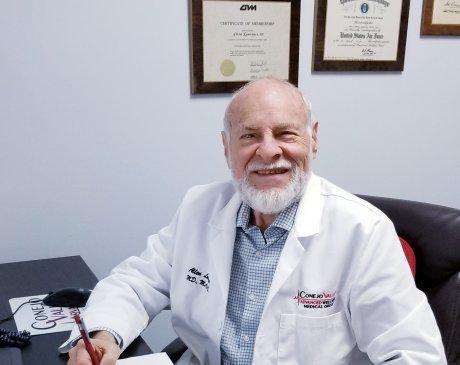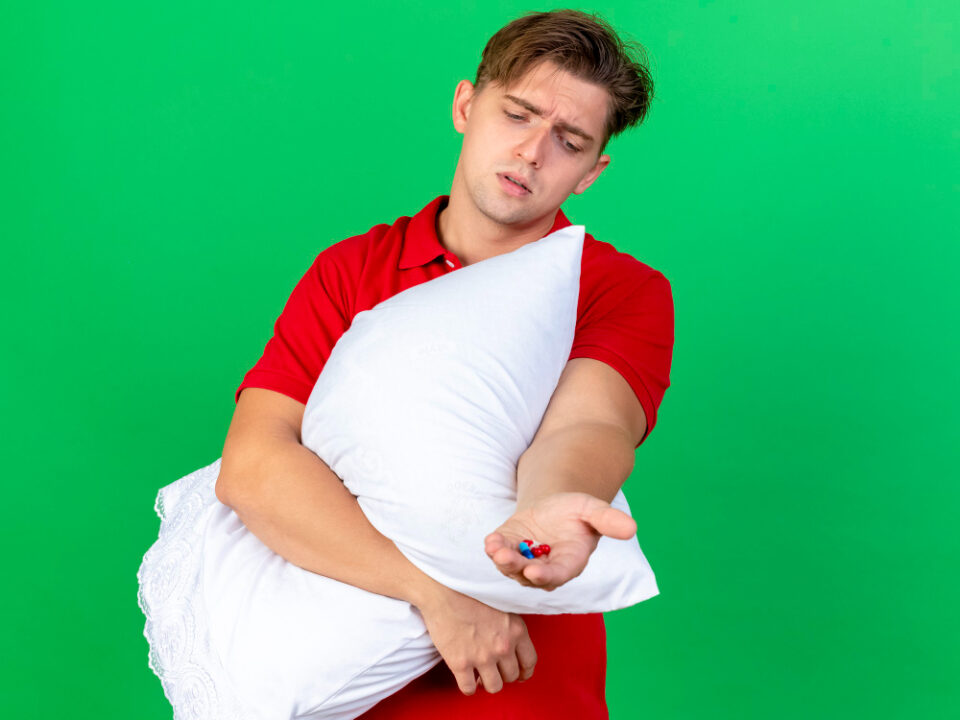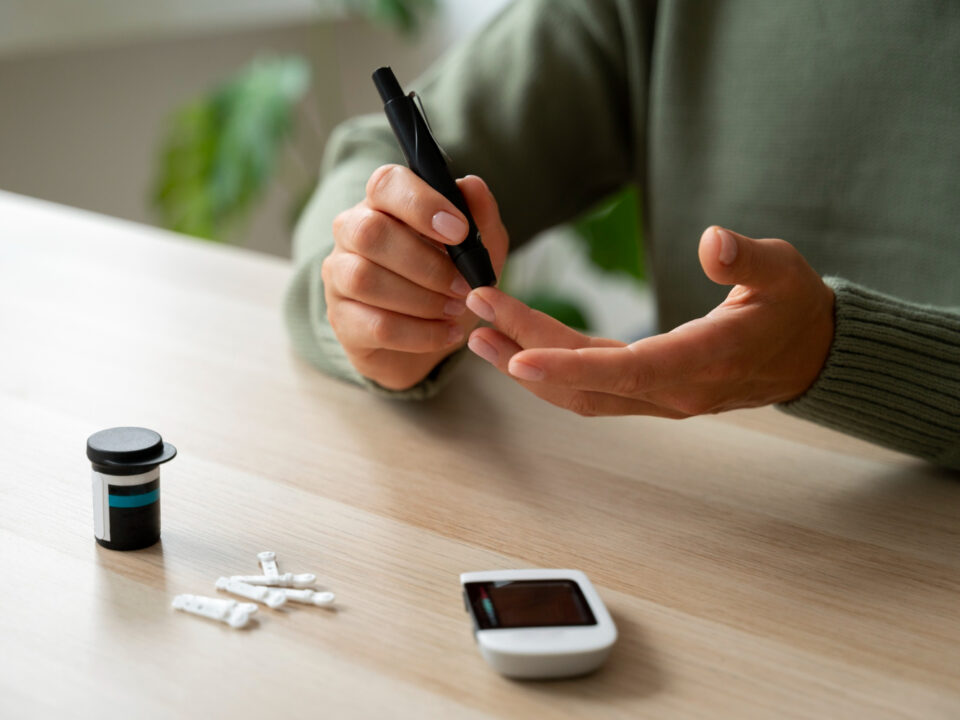- 21103 Vanowen St Woodland Hills, CA 91303 | Call us today!
- 310-879-9266
Vaginal Dryness and HRT

What Causes Vaginal Dryness in Menopausal Women?
Vaginal dryness is a common issue, particularly among per-menopausal and postmenopausal women, and it can in many circumstances significantly impact quality of the woman’s life. Hormone Replacement Therapy (HRT), especially Bioidentical Hormone Replacement Therapy (BHRT) is one of the primary treatments, but there are also non-hormonal medical treatments and alternative approaches.
Vaginal dryness can significantly impact the woman/s quality of life as it can undermine her sexual health, lead to relationship issues, as well cause her as pain, discomfort and distraction from daily functions. The primary causes of vaginal dryness in menopausal women include:
Decrease in Female Hormone Balance:
The most significant factor contributing to vaginal dryness during menopause is the decline in estrogen levels. Estrogen helps maintain the thickness, elasticity, and lubrication of the vaginal walls.
During the woman’s reproductive years, estrogen and progesterone levels fluctuate in a balanced manner. Estrogen is primarily responsible for maintaining the health of the vaginal tissues, including lubrication, elasticity, and thickness. Progesterone helps to balance the effects of estrogen. Once menopause sets in both estrogen and progesterone levels decline. However, the drop in estrogen is more significant and has a more direct impact on vaginal health, including causing dryness. As estrogen levels drop, the vaginal tissues become thinner, less elastic, and less lubricated, leading to dryness and discomfort.
Another reason often quoted for problems with vaginal dryness is aging. The natural aging process clearly contributes to the negative changes in the vaginal tissues. The natural aging process can lead to a decrease in collagen and elastin, which are essential for maintaining the structure and elasticity of the vaginal walls. This combined with hormonal changes ultimately care the problems many menopausal women suffer.
Treating Vaginal Dryness — Bio-Identical Hormone Replacement Therapy (BHRT)
- Bioidentical Hormone Replacement Therapy (BHRT):
- In BHRT, bioidentical progesterone is used alongside bioidentical estrogen to mimic the body’s natural hormone levels. Again, the progesterone is mainly for balancing the estrogen and protecting the uterus, rather than directly addressing vaginal dryness.
- Bio-Identical Estrogen Therapy Alone:
- Local (Topical) Estrogen Therapy: For treating vaginal dryness, local (topical) bio-identical estrogen therapy (such as vaginal creams, rings, or tablets inserted into the vagina) are often recommended. These hormone modalities deliver bio-identical estrogen directly to the woman’s vaginal tissues, thus helping to restore moisture, elasticity, and overall vaginal health.
- Systemic Estrogen Therapy: Systemic bio-identical estrogen therapy (through oral tablets, patches, topical solutions, creams or gels which not inserted in to the woman’s vagina) can also help with vaginal dryness and other menopausal symptoms. This is considered an indirect method, but does work.
- The Role of Bio-Identical (also known as Natural) Progesterone:
- Combination Therapy: For women with an intact uterus, systemic bio-identical estrogen therapy is often combined with natural progesterone to protect against endometrial hyperplasia. While the progesterone in this combination does not directly treat vaginal dryness, it allows for the safe use of systemic bio-identical estrogen, which than alleviates the dryness.
Bio-Identical Hormone Replacement Therapy (BHRT)
BHRT is commonly used quite effectively to address vaginal dryness by replenishing estrogen levels. Options for BHRT may include:
- Systemic BHRT:
- Oral tablets: Estrogen pills taken daily.
- Transdermal Patches: Patches applied to the skin that release estrogen.
- Topical Solutions, Creams, Gels and/or Sprays: Applied to the skin.
- Local (Vaginal) Bio-Identical Estrogen Therapy:
- Vaginal Creams: Estrogen creams applied directly inside the vagina.
- Vaginal Tablets: Tablets inserted into the vagina.
- Vaginal Rings: Flexible rings inserted into the vagina that release estrogen over time.
Non-Hormonal Medical Treatment:
For women who cannot or do not wish to use HRT, there are non-hormonal options:
- Moisturizers and Lubricants:
- Vaginal Moisturizers: Used regularly to maintain moisture (e.g., Replens, Vagisil ProHydrate, K-Y Liquibeads or Sliquid Satin).
- Vaginal Lubricants: Used during sexual activity to reduce friction (e.g., Astroglide, KY Jelly, Pre-Seed, Sliquid Organic Lubricant, YES VM, silicon gel or solution).
- Silicone-Based Lubricants: Products such as Pjur and Uberlube provide long-lasting lubrication and are often recommended for individuals with severe dryness.
- Hybrid Lubricants: Combining the benefits of water-based and silicone-based lubricants, products like Sliquid Silk offer long-lasting lubrication with a natural feel.
- Vaginal Tablets: Vagifem (Estradiol) a prescription vaginal tablets that release estrogen directly into the vaginal tissues.
- Vaginal Estrogen Creams and Rings:
- Estrace (Estradiol): A prescription estrogen cream that helps restore vaginal tissue and alleviate dryness.
- Premarin (Conjugated Estrogens): Another prescription estrogen cream used to treat vaginal atrophy and dryness.
- Vagifem (Estradiol): Prescription vaginal tablets that release estrogen directly into the vaginal tissues.
- Estring (Estradiol): A prescription medicated flexible ring that releases a low dose of estrogen over a period of three months.
- Prescription Non-Hormone Medications:
- Ospemifene (Osphena): A selective estrogen receptor modulator (SERM) that can help reduce vaginal dryness and dyspareunia (painful intercourse).
- Dehydroepiandrosterone (DHEA) Vaginal Suppositories (Intrarosa): A non-estrogen hormone that can help alleviate vaginal dryness and discomfort.
Alternatives to Medical Treatment for Treating Vaginal Dryness
Several lifestyle changes and alternative therapies may help alleviate vaginal dryness:
- Diet and Hydration:
- Staying well-hydrated and consuming a balanced diet rich in omega-3 fatty acids and phytoestrogens (e.g., flaxseeds, soy products) may help maintain vaginal health.
- Pelvic Floor Exercises:
- Kegel exercises can improve blood flow to the pelvic region and support vaginal health.
- Regular Sexual Activity:
- Regular sexual activity, including masturbation, can increase blood flow to the vaginal area and help maintain its elasticity and moisture.
- Avoiding Irritants:
- Avoiding perfumed soaps, douches, and synthetic underwear can help prevent irritation and dryness.
- Phytoestrogens and Herbal Supplements:
- Some women find relief with phytoestrogens (plant-based estrogens) and herbal supplements like black cohosh, red clover, and evening primrose oil, though scientific evidence is limited.
- Acupuncture and Other Alternative Therapies:
- Some women may find relief through acupuncture, yoga, or other holistic approaches, although these methods are supported by varying levels of evidence.
Other Than Hormonal Reasons for Vagina Dryness
A not uncommon problem and reason for vaginal dryness is relationship issues. When a couple stop talking, when they are angry, disappointed, dissatisfied unhappy the sex drive can be undermined and impaired. When the sex drive is undermined and/or sabotaged ED can happen in men and vaginal dryness can occur in women. In these cases they have basically the same cause relationship or negative sexual issues.
The treatment here is therapy.
Psychological , Emotional, Educational Counseling
- Therapy: Counseling or therapy with a psychologist or psychiatrist can help address psychological causes of ED, such as stress, anxiety, depression, or relationship issues.
- Cognitive Behavioral Therapy (CBT): CBT for erectile dysfunction is a structured, time-limited psychotherapy that focuses on identifying and changing negative thought patterns and behaviors that contribute to ED, aiming to improve sexual function and reduce anxiety.
- Cognitive Behavioral Training (CBTr): CBTr for erectile dysfunction is a therapeutic approach that combines cognitive restructuring with behavioral exercises, education and training on what and how to help the individuals develop and begin to use healthier thought patterns and coping strategies to improve sexual performance and reduce sexual and other stress.
- Couples and/or Sex Therapy: Working with a therapist specializing in sexual health can help address performance anxiety and other sexual concerns.
- Benefits: Addressing underlying psychological issues, unresolved conflicts, and improving communication between partners can enhance sexual desire and relationship satisfaction. Therapy, CBT and CBTr can help manage stress, anxiety, and depression and allow the individual or couple to function better.
- Risks: The main risk is the time commitment and the need for a supportive environment. Some men may initially feel uncomfortable discussing intimate issues, dealing with their emotions or problem solving.
It’s essential for the woman to discuss her symptoms and treatment options with her physician to determine the most appropriate and effective approach based on her individual health needs and preferences. This collaborative approach ensures that the chosen treatment aligns with the woman’s overall health and lifestyle.

Article by Dr. Allen Lawrence, M.A., M.D., Ph.D.




